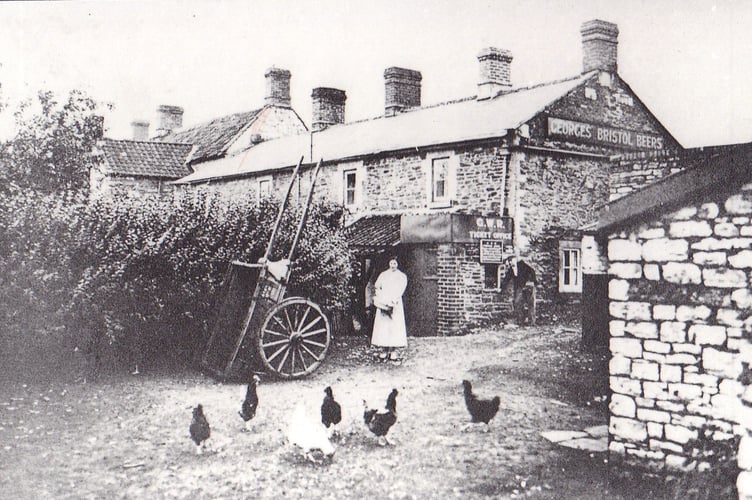CAN you guess where this week’s Mystery Photograph was taken?
Each week, the Journal challenges its readers to test their local knowledge by identifying a historic location from days gone by in the area.
Last week’s picture was taken at Farrington Gurney GWR ticket office in the Miners’ Arms pub.

Congratulations to Roger Brooks who correctly identified the Miners’ Arms pub.
Farrington Gurney is a village in North East Somerset, located on the A37 road between Bristol and Shepton Mallet. It has a long history, with evidence of Roman activity in the area, including discoveries of pottery and coins.
The village name itself is derived from the Gurney family, who held the manor during the medieval period.
Historically, Farrington Gurney was closely linked to the Somerset coalfield, with coal mining playing a key role in its economy from the 17th century until the industry’s decline in the 20th century.
Many residents worked in local collieries, and the village maintained strong ties to nearby mining communities. The Miners’ Arms pub, where the GWR ticket office was located, is a reminder of this heritage.
The Great Western Railway (GWR) once served the area, with rail connections providing transport for both goods and passengers. Although railway services are no longer active in the village, traces of this past can still be found in local buildings and historical records.
The Miners' Arms in Farrington Gurney was a notable establishment, uniquely serving as both a pub and a Great Western Railway (GWR) ticket office — the only pub in the country where patrons could purchase a pint and a train ticket simultaneously.
Located on Main Street, the pub has since ceased operations and has been repurposed as an Indian restaurant named Spice Dunes. The building remains a significant part of the village's heritage, reflecting its rich mining and railway history.
The Journal, in partnership with Radstock Museum, thanks readers for their enthusiasm for the Mystery Photograph feature.




